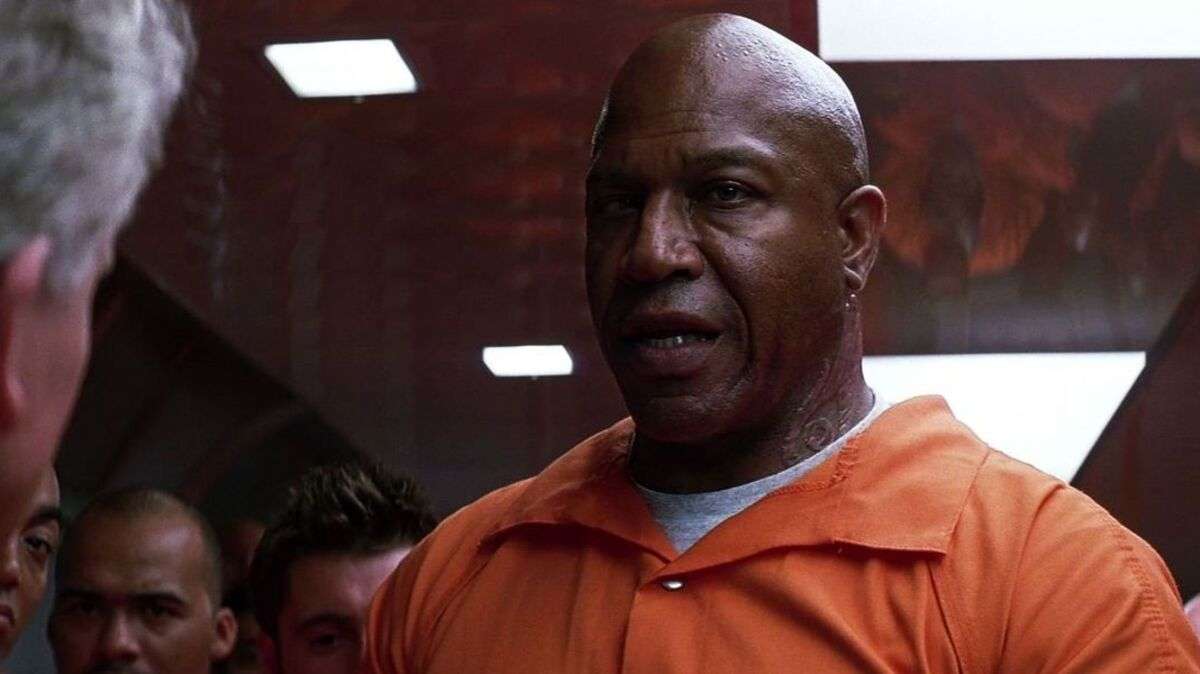Christopher Nolan’s masterpiece “The Dark Knight” is not just a superhero movie but a profound exploration of the human psyche and morality. One of the most compelling and thought-provoking scenes in the film involves the Joker’s sinister plan to create chaos and confusion by pitting two groups of people against each other. This pivotal scene serves as a profound commentary on the nature of humanity, ethics, and the choices we make when faced with moral dilemmas.
The Scene
In “The Dark Knight,” the Joker, played brilliantly by Heath Ledger, sets a diabolical plan in motion to test the moral compass of Gotham City. He targets two ferry boats filled with innocent civilians and dangerous criminals, each rigged with explosives. The Joker gives the passengers of each boat a choice: blow up the other boat by midnight or suffer the consequences of both boats being destroyed. This horrifying ultimatum places the lives of countless people in the hands of ordinary citizens, forcing them to confront their innermost fears, prejudices, and ethical principles.
Human Nature Unveiled
The scene masterfully portrays the vulnerability of human nature. Faced with an impossible moral dilemma, the passengers on both boats reveal the depths of their humanity, for better or worse. The Joker’s twisted experiment brings to light the innate qualities that define human beings – compassion, fear, selfishness, and the capacity for moral judgment.
Compassion In The Face Of Darkness
One of the most powerful aspects of this scene is how it showcases the inherent compassion that exists within humanity. As the passengers on both boats grapple with the decision to press the detonator or spare the other boat, we witness acts of courage and selflessness. People on both sides hesitate, unable to bring themselves to commit such a heinous act. It is in this moment that the strength of human empathy shines through.
The ferry passengers are not just random individuals; they are representatives of Gotham’s diverse population. This diversity underscores the universality of compassion and the shared humanity that transcends differences in race, class, and background. The scene reminds us that, in times of crisis, the inherent goodness within us can prevail, fostering a sense of unity and shared purpose.
Facing Our Fears
Conversely, the scene also exposes the darker aspects of human nature. Fear is a potent force, and the Joker exploits this fear to push individuals towards making the unthinkable choice. He preys on their anxieties and doubts, causing some to consider the option of detonating the other boat as a means of self-preservation. This chilling portrayal of fear serves as a cautionary tale, warning us about the destructive potential that fear can unleash in society.
The notion of self-preservation often collides with our moral convictions when placed in extreme situations. The Joker’s plan, while extreme and sadistic, forces us to confront the unsettling truth that fear can drive us to compromise our values, even when it means causing harm to others. It serves as a reminder of the importance of fortifying our moral compass and ethical principles, especially when faced with adversity.
Confronting Prejudices
Another vital theme explored in this scene is the human tendency to make judgments based on preconceived notions and stereotypes. As the passengers on the ferry boats contemplate their choices, we witness prejudices emerge. The criminals onboard are initially regarded with suspicion by the law-abiding citizens. This mistrust stems from the assumption that the criminals may be more inclined to detonate the other boat to save themselves.
However, as the scene unfolds, we witness the power of empathy breaking down these prejudices. Some of the criminals on the boat demonstrate a capacity for compassion and moral reflection, challenging the stereotypes placed upon them. This aspect of the scene serves as a poignant reminder that humanity’s capacity for empathy can transcend societal labels and biases. It encourages us to question our own prejudices and consider the potential for redemption and transformation in all individuals.
A Moral Crossroads
The heart of this scene lies in the moral crossroads that each passenger faces. As the clock ticks down, the passengers grapple with the weight of their decision, recognizing that their choices will have profound consequences. It is a moment of introspection, where individuals are forced to confront their innermost values and beliefs.
Ultimately, both ferry boats choose not to detonate the other. This decision signifies a triumph of morality over fear and self-preservation. It is a testament to the resilience of the human spirit, demonstrating that even in the face of overwhelming odds and external pressures, individuals can choose the path of compassion and ethics.
Joker’s Failure
The Joker’s plan, in the end, is foiled. His twisted experiment does not yield the chaos and destruction he had hoped for. Instead, it reveals the resilience of the human spirit, the power of compassion, and the capacity for moral judgment even in the darkest of circumstances. The scene serves as a powerful rebuke to the Joker’s nihilistic philosophy, highlighting that humanity’s capacity for good can prevail over evil.
Verdict
“The Dark Knight’s” ferry scene is a tour de force of storytelling and cinematic excellence. Through the lens of this scene, we are invited to reflect on the complexities of human nature and the moral choices that define us. It underscores the enduring power of compassion, the insidious influence of fear, and the need to confront our prejudices. Ultimately, it reaffirms our faith in humanity’s capacity for goodness and moral integrity, even when faced with the most challenging of dilemmas. In a world often filled with darkness and uncertainty, this scene reminds us that our shared humanity and ethical principles can be a guiding light, leading us away from the abyss and towards a better, more compassionate world.









+ There are no comments
Add yours